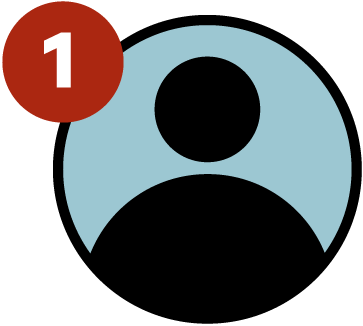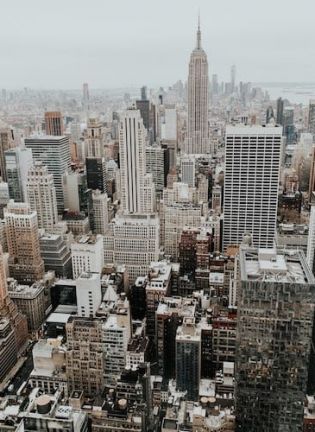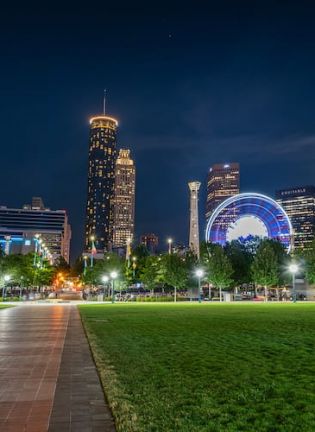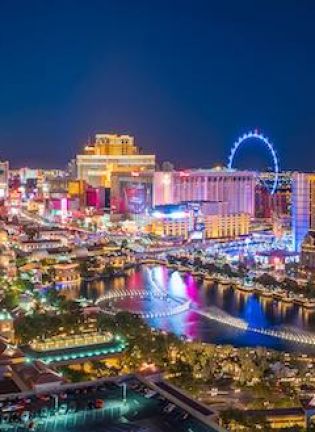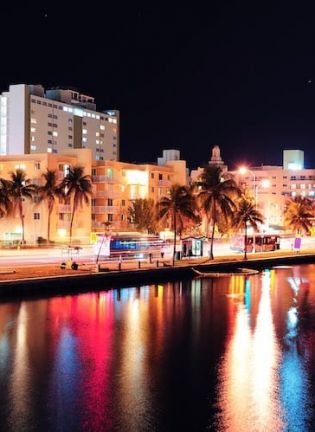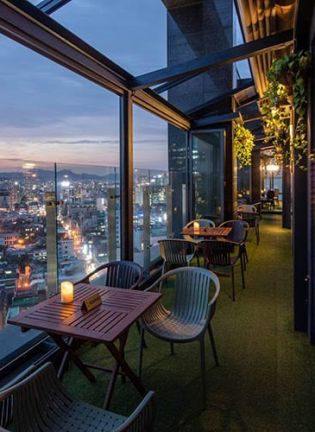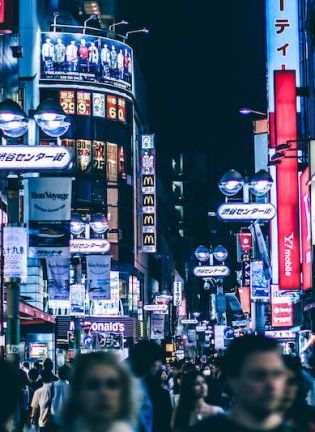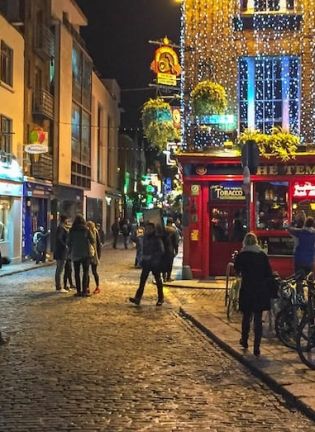Why Go? Seoul is an amazing hybrid of cultures rooted in a long history of tradition, toughness, and a spirited approach to life’s hardships. Nowadays, South Korea’s capital city is filled with clubs, bars, boutiques, and upscale restaurants while at the same time preserving a Buddhist way of life and promoting a Christian outlook. And, remarkably, according to the 2015 census, since most Koreans (56%) say they have no religious affiliation, it’s a city where, unencumbered, you can just get it on.
Go to Seoul to open your palate to some of the world’s best beef and pork, seafood brought to you by the famous women divers of Jeju Island, and spicy food like delicious and fermented cabbage (kimchi). Washed down with good, cold beer, international wines, or shot after shot of hard liquor, you should expect to pace yourself for nights of gastronomical debauchery. Korean culture is reputed to be competitive, and while that applies to academic and economic realms, it also is a huge part of leisure life, especially in its capital city. If you want to party hard, Seoul is the place to do it. The party goes from place to place with interludes at each, and while it may seem like a marathon for iron men, it’s not meant to be a contest of endurance but rather a way of letting go, again and again. OK, sure, it’s competitive, but there are no losers.
Best Ideas: Go out for barbecue, hit up several soju joints, go dancing, rent a karaoke room, then have hangover soup the next morning, rinse and repeat.
Good to Know: Learn how to say “haejjanguk.” Don’t dabble in drugs or break the law in this strict country. And mind your manners with the locals.
Seoul has opportunities for wild and wanton behavior, but, overall, it’s a safe place to carry on with abandon. Long accustomed to Americans since the Korean War, this city of nearly 10 million is home to just over 400,000 expats from around the globe — you can thank the Australians for making it seem as if Americans were a mellow bunch. This means that unlike other cultures where locals enjoy partying but exclude outsiders, you’ll discover that many places (but not all) worth going to will accept your presence as more or less normal. You will probably not be greeted as a long-lost friend or a potential romantic interest, but you won’t be shown the door, either, at most establishments. And just as you would in any city you’re new to as a temporary guest, whether it’s Rome or Topeka, behave yourself: The bartender is not your new best friend. The girl you’re dancing with probably doesn’t want to see your tattoos. What happens in Seoul doesn’t necessarily stay in Seoul.
Travel & Essentials for a Seoul Bachelor Party
Numerous carriers can take you to Seoul from any number of U.S. cities. I tend to fly the airline of the country, and I like to fly nonstop. That leaves me with Korean Air or Asiana Airlines. It costs more to fly direct, of course (about $1,300 round-trip, depending on the season), but you’ll get there faster, and you can enjoy what amounts to a cultural experience in the air, from a quiet cabin to Korean food and attentive service. Be aware of the fact that prices go up around the Lunar New Year (usually in January and February) and Thanksgiving.
When to Go to Seoul
Temperatures throughout the year vary between lots of wet heat during the summer months, June to August, and bitter and bracing cold from December to February. It’s fine to go during these periods, and you might even get some decent deals on flights and hotels, just come prepared. If you have the flexibility, which may be challenging since you’re trying to organize the schedules of several guys, the best times to visit Seoul, in terms of moderate weather, are March through May and September through November, when it’s breezy, cool, and there’s a chance of rain.
Getting Around in Seoul
Once you’ve cleared customs at Incheon Airport, there are numerous options for getting to your hotel: car rental, private limo, train, or bus. I’ve taken the so-called limousine bus (about $9 to $15, depending on the type of bus, standard or deluxe, with the main difference being that deluxe has fewer stops), which is not only the most economical option, but if you’re staying at one of the major properties along the route, it will bring you to its door. It takes between 45 and 75 minutes to get to most locations in Seoul. Within Seoul, I’ve relied upon taxis without worrying at all — honest drivers, door to door for a few miles for under $20, and more often for under $10. Your driver may not speak English, so it’s advisable to have the hotel concierge write down your destinations and the hotel’s name for the return ride.
Dress in Seoul as you would in any sophisticated North American city: Casual elegance in most restaurants and clubs is the rule, and of course time of year is the guide. In more old-fashioned joints, a sports coat is helpful, but chances are you will steer clear of white tablecloths and menus written in French.
Seoul Neighborhoods
Various districts of the city cater to all sorts of guests. Hongdae is favored by folks in their 20s and lots of university students, and you’ll find hip-hop clubs and plenty of street performers. It’s priced accordingly so that unlike more upscale parts of town, a night out probably won’t require frequent trips to an ATM. Itaewon, known for a vibrant melange of international restaurants, was once a residential center for Japanese imperialists who participated in the military occupation of Korea. Next up were Americans: Yongsan Garrison, a U.S. military base, is close by. All this lent itself to illicit trafficking. The layout hasn’t changed much, but when you’re in Itaewon these days you’re more likely to see bagels rather than brothels, and many really decent restaurants offering cuisines from other nations in Asia. If you’re looking for luxe, head to Apgujeong-dong, which is part of the ward or district of Gangnam-gu. We’re talking ultrarich and posh boutiques, and exclusive cocktail bars, lounges, and restaurants, all favored by the world’s elite. High-end clubs, too, are everywhere to be found. If it seems like Rodeo Drive to you, it seems that way to Koreans, too. There’s even an homage: Apgujeong Rodeo Street.
Eating & Drinking in Seoul
Here’s how it works in Seoul: Plan on hitting a bunch of places in one night, eating and drinking and carousing in a well-orchestrated immoderate sequence known as cha. (Not to be confused with, “cha,” which means tea in Korean.) Plan on going to many places: Cha-cha-cha. Parties are taking place all over town, but don’t make the mistake of trying to keep up with locals as you may not have the tolerance. Take it slow, as there is jet lag to consider and a great difference in terms of time zones. Instead, enjoy rounds of drinks with the knowledge that this is all going to require many hours of stamina. It’s not a real contest, unless you make it one, and remember: You only have yourself to blame if you get caught up doing too much cha-cha-cha. If that happens, make sure you have an exit strategy and order a big bowl of haejjanguk for breakfast the next morning. Haejjanguk is “hangover soup,” and various types are available to you: vegetarian or spicy or in a broth made of ox bones — with lots of noodles, it’s very comforting. So comforting, in fact, that you may forget the pain you’re in and go out again the next night. And the night after that, too.
It’s Seoul, the night is young, so do as they do in Korea: Why not start with some barbecue? You can grill luscious cuts of pork or beef on blazing hot grills in the center of your table. The pork is top quality at the best places, the equivalent of Japanese kurobuta, or black pig, which means a high fat content, great flavor and perfect texture that melts in your mouth. Samgyeopsal, or pork belly, is a particularly sinful, juicy item, and washed down with beer or soju (the national liquor), it has an addictive property enhanced by the sweetness and peppery combination of flavors.
A word about soju: It’s de rigueur in Korean barbecue joints, but don’t be fooled by its clear appearance and what is often a mild taste. The alcohol content ranges crazily, from 17% to 53% and, like sake or vodka, you may not feel its effects until you stand up. And then? Then it’s too late. Better to think ahead. Because your next destination, after having been fortified with all that meat, is, of course, more drinking. This means beer, soju, cocktails or some combination of these beverages. The drinking takes place in quiet bars or noisy pubs, hotel lounges, or holes-in-the-wall. The setting isn’t always as important as the drinking for this episode.
Following this second round of drinks, it’s time to eat again. You know, something light. Like fried chicken or grilled sausages. (I warned you.) Accompanied by more beer, cocktails or soju. You can pace yourself more readily perhaps thanks to Seoul’s self-bars, where you will find unlocked fridges or big buckets of ice filled with bottles and cans of chilled beer. Take what you like, with no pressure to buy more from a persuasive server, and pay at the door before leaving. By now, you are properly pickled. So it’s the perfect time to hit the clubs and go dancing, right? Depending on the type of place, upscale or not, expect to pay between $15 to $30 in order to get in. The dancing is by couples or in crowds. Don’t worry about how you look with your two left feet: Most everyone around you has had an evening just like yours.
How the night ends depends on a number of factors: your luck, stamina, inclinations, desires, and cash flow. If you really want to fit in and be like Seoul residents, it’s time for, you guessed it, karaoke! Rent a room, have more drinks, and sing your heart out.
A Few Essential Rules to Follow in Seoul
Just to be clear: Seoul is a lot more than drinking, dancing, getting in and out of cabs, and all-night partying. There are spectacular cultural experiences, old and new, throughout the city and close by. So bear this in mind as you burn through the night. And rules, yes, there are rules. Although Koreans are long accustomed to foreigners, from Chinese to Japanese to Americans to folks from all over the world in the past 50 years, they have their own way of doing things so don’t offend people by doing things your way. When in Seoul: Don’t point. Don’t slap a local on the back. Don’t blow your nose in public. Remember to use your right hand. Bow when you want to make an apology. Hold your glass with both hands if someone is pouring you a drink. A lot of Seoul will look familiar, but you’re not in the States when it comes to manners.
The Pros and Cons of a Seoul Bachelor Party
Pros:
- Seoul is a great place to party in a relatively exotic setting while knowing that it’s welcoming to North Americans.
- It’s relatively affordable. Sure, if you go to the posh districts, you’ll see your money disappear quickly. But because the city is filled with the middle class, students, and expats without deep pockets — many of whom celebrate the Korean way of partying — lots of venues are designed to be a small part of an evening rather than the expensive endpoint.
- Chances are your hotel will be clean and safe. You’ll get great value and can feel confident that you won’t get ripped off.
Cons:
- It’s going to take you a long time to reach Seoul from the East Coast of the United States. Figure about 14 hours. That’s a lot of video games, inflight movies, and streaming video and books.
- Don’t expect to be invited to clubs, bars, and restaurants that cater chiefly to locals. You won’t be discriminated against, but Seoul residents often keep their favorite places to themselves, as is true for many urbanites.
- If you bring drugs into the country, or attempt to purchase or use drugs while there, you risk arrest and incarceration. Did I mention the beer and soju? Stick to the liquor.
Best Attractions and Activities in Seoul
Seoul is a lot more than boozy evenings and pounding headaches in the morning. The richness of Korean culture is said to have inspired much of the aesthetic traditions of Japan, and locals will be happy to tell you how the Japanese stole concepts of Zen, temple architecture, designs of craftsmanship and various tea and food ways. See for yourself.
-

Go to Insadong
Insadong, Jongro-gu, 인사동 서울특별시 South Korea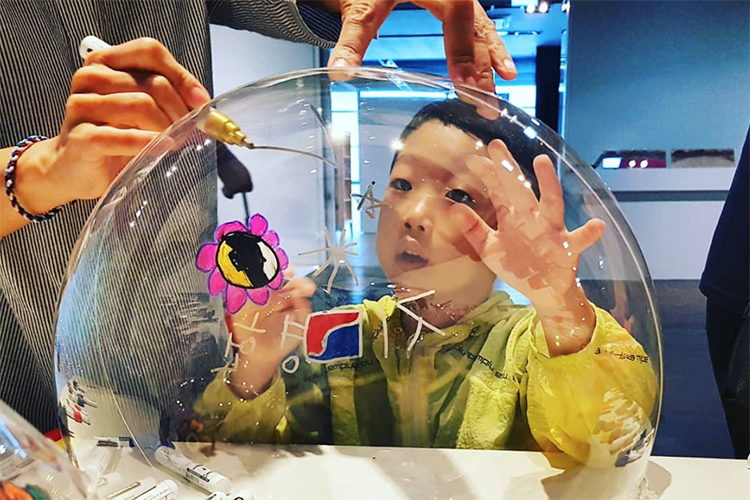
(Photo by InsaArtCenter)
I really love this district of Seoul. With its narrow alleyways, little art studios and galleries, and the serenity (when you go in the early morning), Insadong is a physical reminder of what Seoul looked like before the skyscrapers, office buildings, and wide avenues. Many of the dwellings here are hanok, a traditional Korean style of residential architecture. And then there are the galleries. Yes, there are many touristic joints to be avoided, but Insa Art Center (entry cost depends on the exhibition), Gallery La Mer (entry cost depends on the exhibition), and the Kyung-in Museum of Fine Arts (free admission) are all worth a visit. Yes, you’ll see tourists dressed up in traditional hanbok looking silly while snapping selfies. But look for the authentic and you will find it here.
-

Visit a Temple: Jogyesa
55 Ujeongguk-ro, Gyeonji-dong, Jongno-gu, Seoul, South Korea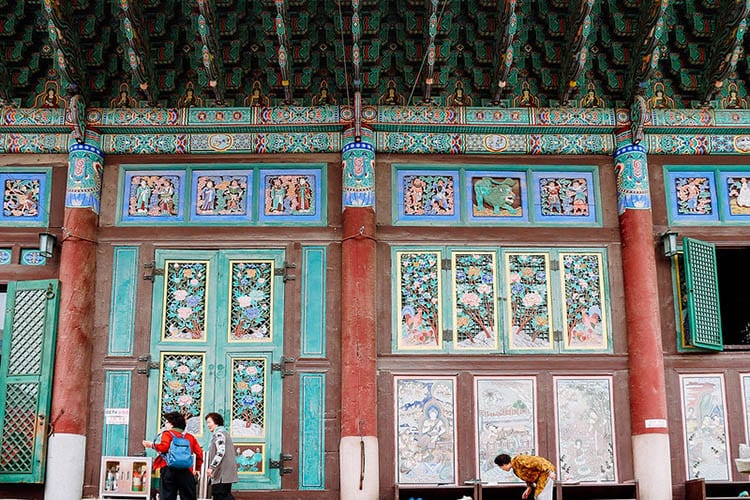
(Photo by plynoi)
Two of the most important temples in Seoul are Jogyesa and Bongeunsa. A stroll through Jogyesa provides a wonderful break from the noise of the night before and the one ahead, as well as being a refuge in the city.
-

Visit a Temple: Bongeunsa
Samseong-dong, Seoul, South Korea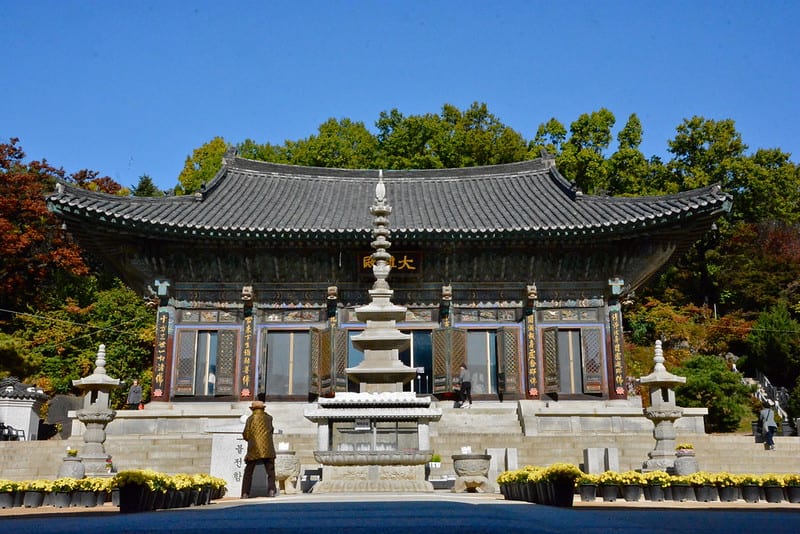
(Photo by Alejandro)
Bongeunsa is also a unique and beautiful site with the bonus of being able to offer guests lessons in meditation, which must be arranged in advance. The website is in Korean, but your hotel concierge can try to arrange this in advance. There’s even an option to stay at a temple, though this will definitely curtail your debauchery.
-

Attend a Tea Ceremony
South Korea, Seoul, Jongno-gu, Gahoe-dong, 계동길 37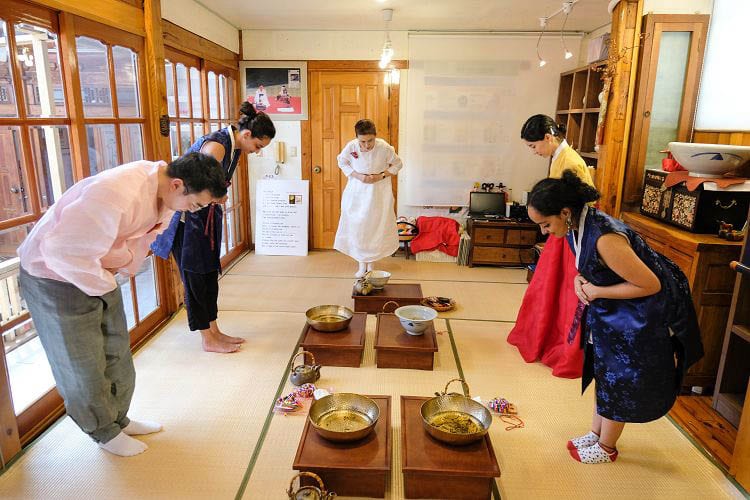
(Photo by Seoul Pass)
Known as darye, the Korean tea ceremony is rooted in traditions said to have been brought to Korea during the period of time known as the Koryo Dynasty (918 CE to 1392 CE). But like a lot of historical matters here, politics plays a role in interpretation. Namely, some say that darye, as a tea ceremony specific to Korea, has only been around since 1973 thanks to a man named Hyo-Dang. Regardless of your ideology, everyone agrees that experiencing a tea ceremony in Seoul right now is a lot of fun. Less formal than the Japanese ceremony but still with a set of rules, darye, when performed properly, can create a Zen-like state of mind. You can participate in a ceremony within Seoul at Bukchon Hanok Village. This area is filled with traditional hanok Korean houses and tourists, but the Traditional Korean Tea Institute provides the real thing. You must book in advance, and figure on spending about $45 per person.
-

Visit the DMZ
831-1 Seohwa-ri, Seohwa-myeon, Inje, Gangwon-do, South Korea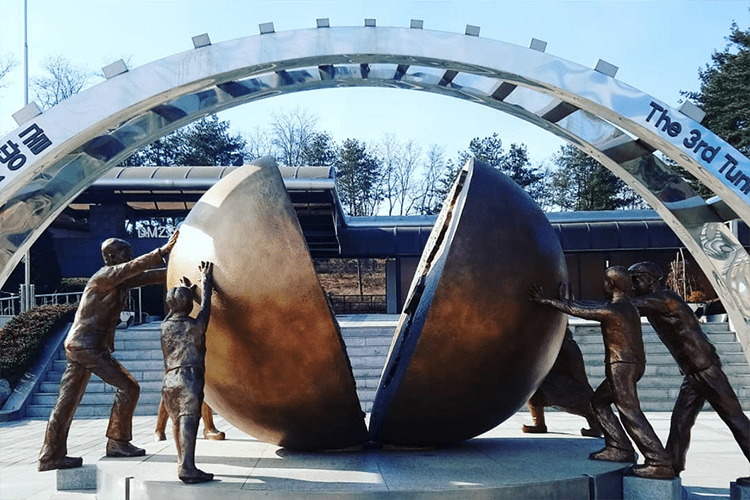
(Photo by mad_ctravel)
The Korean peninsula is divided by the DMZ (Demilitarized Zone), and this grim border has become a huge attraction for visitors from around the world. In order to visit the DMZ, you are required to book a tour (many are online, with varying prices) and take along your passport. It’s about an hour from Seoul by bus, and you can see certain pivotal sites, including the Bridge of Freedom (POWs and soldiers from the North were allowed to enter South Korea here), the Bridge of No Return (used at one time to exchange prisoners) and the JT Security Area (used as an entryway to North Korea). Folks, this is no joke, so if you go to the DMZ, dress appropriately, do what you’re told, and no joking around.
-

Lotte World
240 Olympic-ro, Jamsil 3(sam)-dong, Songpa-gu, Seoul, South Korea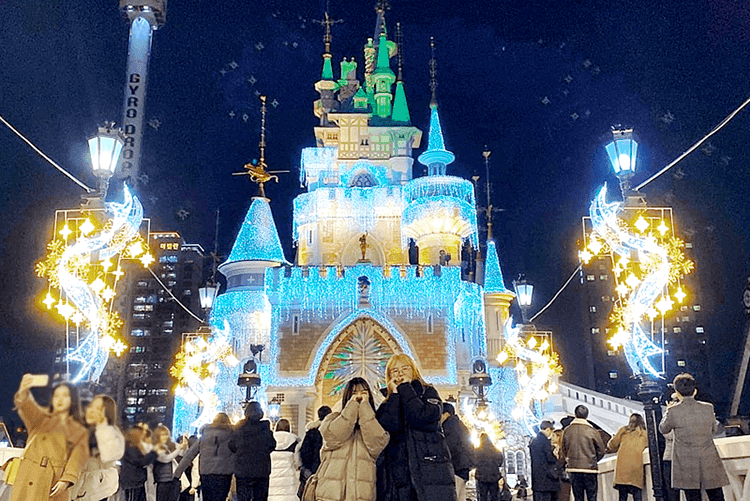
(Photo by Lotte World)
Said to be the world’s largest indoor amusement park, Lotte World is Korea’s homegrown answer to Disney. We’re talking rides, an ice rink, a folk museum, hotels, shopping, and parades. It’s the perfect antidote to a lot of madness: innocence and good, clean fun right in Seoul. After about three hours here, you’ll be ready for more adult pleasures. Prices are between $45 to $55 to enter, depending on whether or not you’re going to the park and museum.
-

Shop Til You Drop: Goto Mall
South Korea, Seoul, Seocho-gu, Banpo-dong, 로 지하 200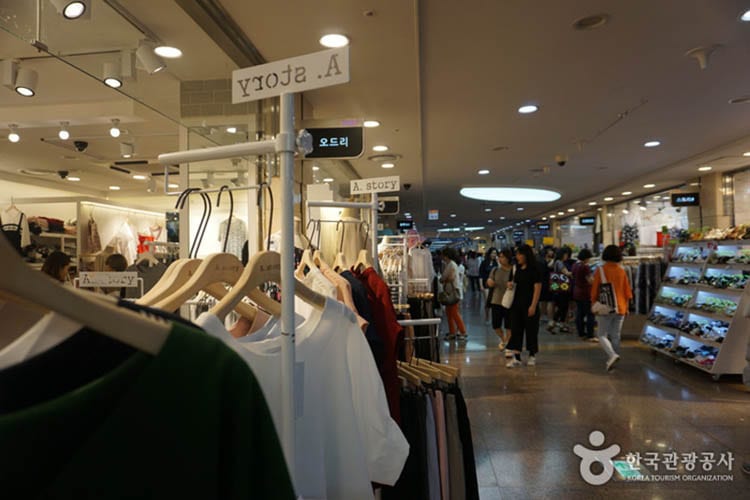
(Photo of Goto Mall by Visit South Korea)
Don’t kid yourself. Koreans, like most other nationalities, have turned shopping into a fun activity, and here it’s almost a competitive sport. In Seoul, there are the usual suspects, including international luxury brands that you can find all over the world. In addition, within the past decade, a number of Korean designers and companies have begun showcasing their work. Among the best and most highly regarded by local cognoscenti are Kimmy J, Rare Market, and Around the Corner. All of these are in the Gangnam District. Also, still in Gangnam, you can find the amazing underground mall, Goto Mall, which is about a half mile long and easy to get lost in.
-

Shop Til You Drop: Dongdaemun Market
Euljiro 6(yuk)-ga, Jung-gu, Seoul, South Korea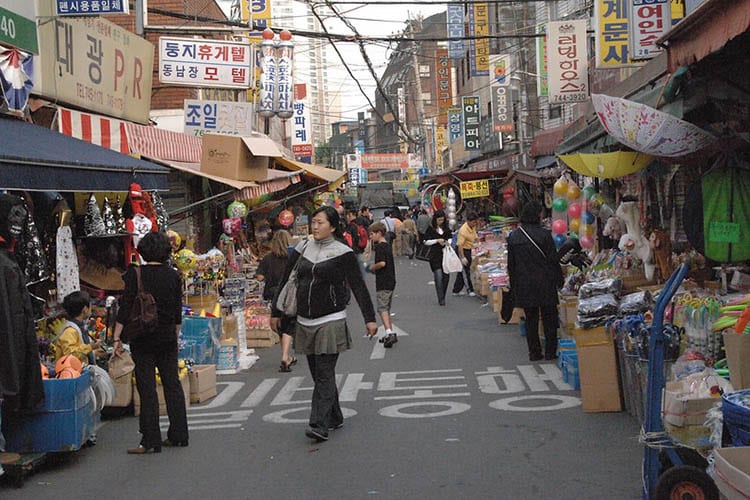
(Photo by Morning Calm Weekly Newspaper)
If you really want to delve into the local scene, check out Dongdaemun Market, open until about 4 a.m. This night market is chiefly wholesale, but it’s also a cultural experience. No matter where you go, look for great clothing, traditional handicrafts and dried ginseng to bring back home.
-
The Best Hotels, Resorts & Airbnbs in Seoul
You have an amazing array of properties to choose from in Seoul, from international brands to old-school favorites to local joints.
-

Grand Hyatt Seoul
Most Affordable 322 Sowol-ro, Hannam-dong, Yongsan-gu, Seoul, South Korea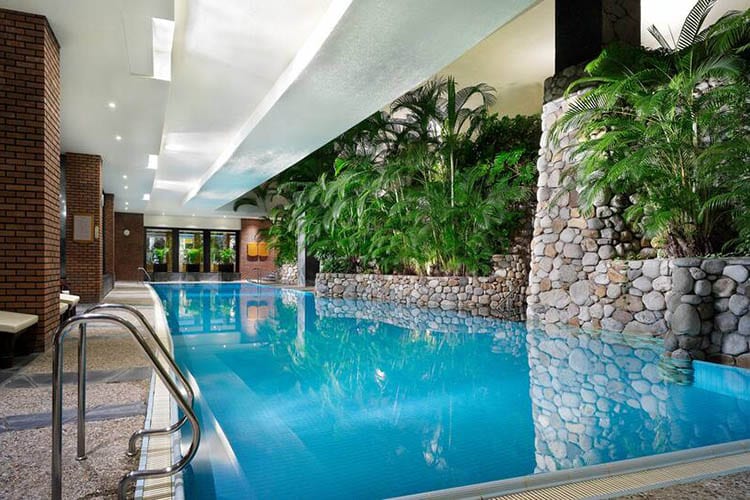
(Photo by Grand Hyatt Seoul)
Vibe: I enjoyed my stay here principally because it’s in a quiet and sophisticated neighborhood full of embassies, little restaurants, and gardens.
Price: Rates depend upon the time of year and type of room, but generally start at $165 per night.
-

Park Hyatt Seoul
Best Value 606 Teheran-ro, Daechi-dong, Seoul, South Korea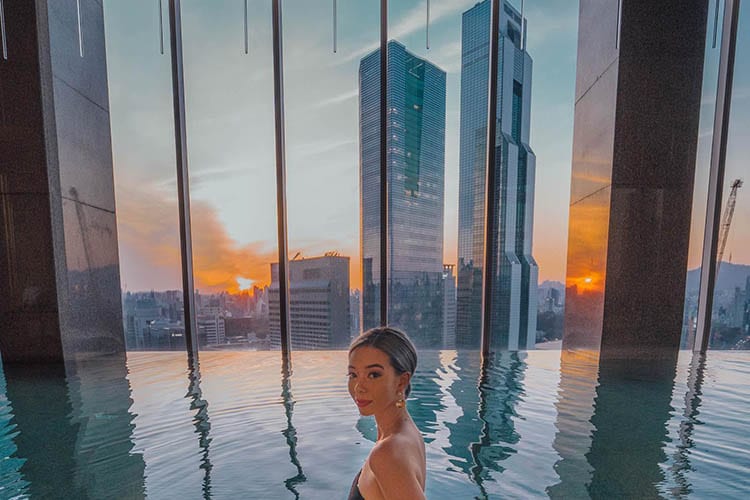
(Photo by Park Hyatt Seoul)
Vibe: If you’re homesick and craving something that isn’t fermented or high in animal fat, the hotel’s Cornerstone restaurant offers terrific Italian cuisine — it’s part of a trend in Seoul: fancy food served in a relaxed, low-key atmosphere.
Price: The Park Hyatt Seoul offers luxury at “bargain” prices with rooms starting at about $250 a night, depending on size of room and time of year.
-

Signiel Seoul
Best Views 300 Olympic-ro, Sincheon-dong, Songpa-gu, Seoul, South Korea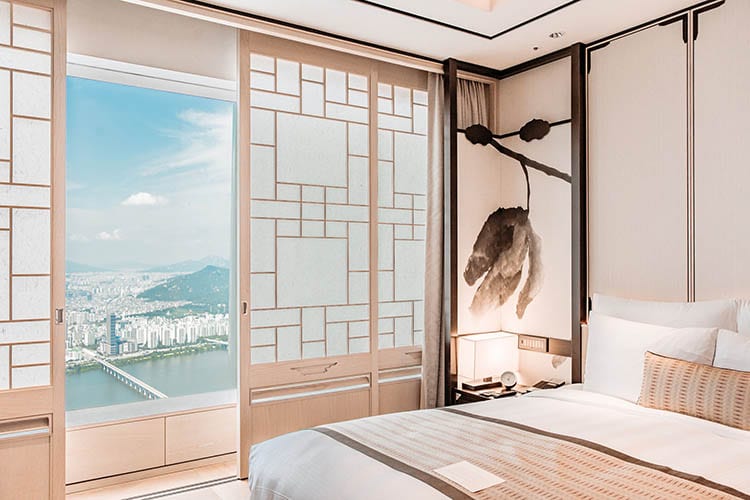
(Photo by Signiel Seoul)
Vibe: Signiel Seoul is ultra-ultra. Situated in the Lotte World Tower, the property is home to Bicena, a one-Michelin-star restaurant, as well as the Evian Spa, where you can try to recuperate. The hotel occupies the 76th through the 100th floors, which means you can see everything far below.
Price: Pricing depends upon time of year and type of room, but generally starts around $400 per night.
-

Airbnb: A Luxury Garden Apartment in Mapo-Gu
Best for Large Groups Mapo-gu, Seoul, South Korea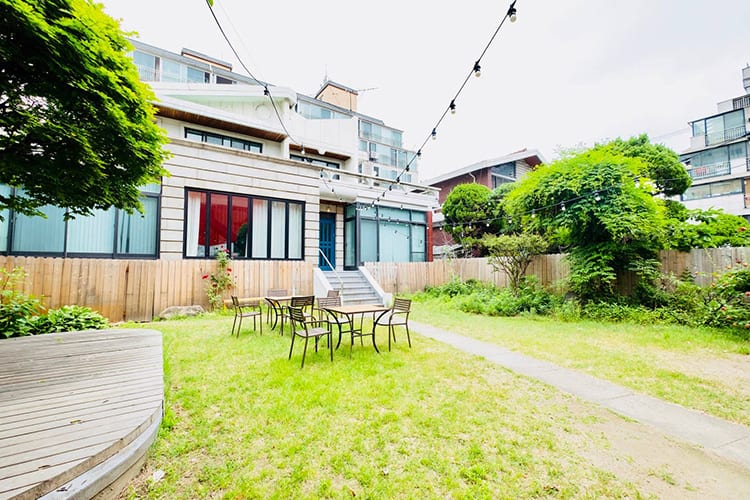
(Photo courtesy of Airbnb)
Vibe: This luxury spot in Seoul’s Mapo-gu neighborhood sleeps up to 16 people, giving you six bedrooms, eight beds, a large dining table with a 120-inch screen projector, and a plush outdoor terrace that’s ideal for large groups.
Price: Rates from $450 a night.
-

Airbnb: A Party House in Gangnam-gu
Best for Bachelor Parties Gangnam-gu, Seoul, South Korea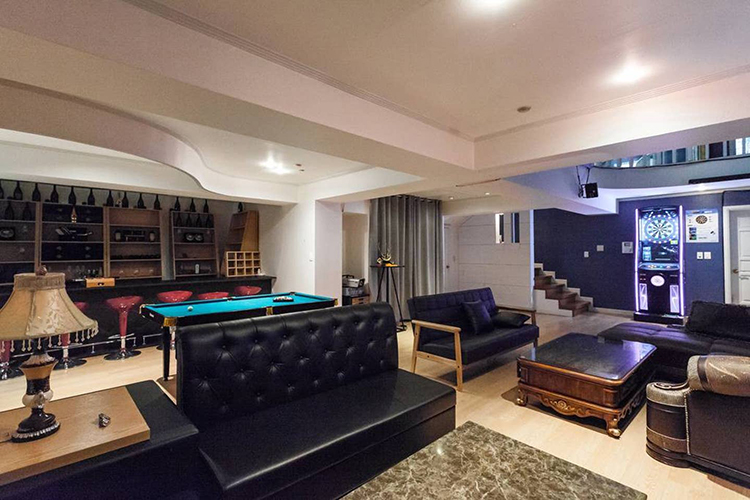
(Photo courtesy of Airbnb)
Vibe: This luxury apartment, located five-minutes from Gangnam Station in Gangnam-gu, was made for an epic bachelor party, with enough space for 16 people, a large 50-inch TV, bluetooth speakers, smog machine, 100-inch beam projector, arcade games, a built-in bar, and a large outdoor garden and BBQ space (available until 10pm).
Price: From $156 a night.
-

Airbnb: A Home in Hongdae
Best Bachelor Retreat Hongdae, Taepyeongno 1(il)-ga, Jung-gu, Seoul, South Korea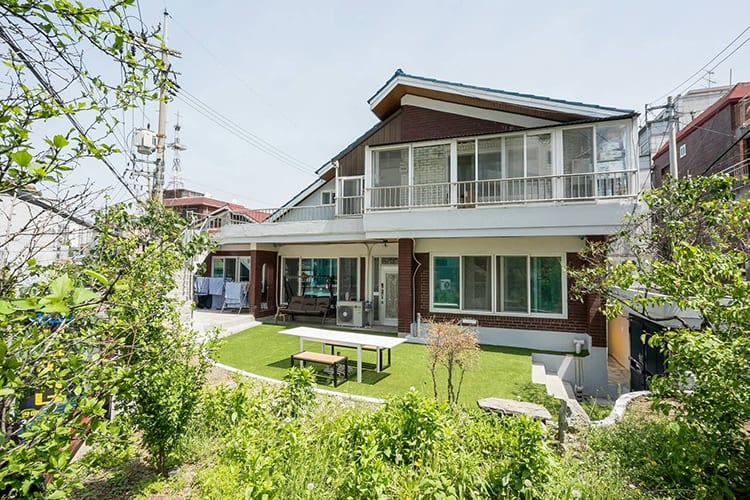
(Photo courtesy of Airbnb)
Vibe: This lovely home in Hongdae comes with seven bedrooms, 13 beds, and two stories to spread out in. Just a five-minute walk to public transportation, you’ll also get access to a large outdoor garden and BBQ area.
Price: Rates from $150 a night.
-
Ibis and Orakai hotel brands are reasonable and secure options, priced between $115 to $125 per night. And, sure, you get what you pay for, but you have to live within your budget, too. And don’t forget, please: Loyalty hotel programs like Marriott, Hyatt, Hilton, and IHG offer you chances for free stays in Seoul for far fewer points than it would take in comparable cities of this size and with this variety.
-
Best Restaurants in Seoul
In Seoul, there’s a stunning array of cuisines from around the globe so you’ll have no trouble finding something perfect for your bachelor party dinner.
-

Balwoo Gongyang
Best for Vegetarians 56 Ujeongguk-ro, Jongno 1(il).2(i).3(sam).4(sa), Jongno-gu, Seoul, South Korea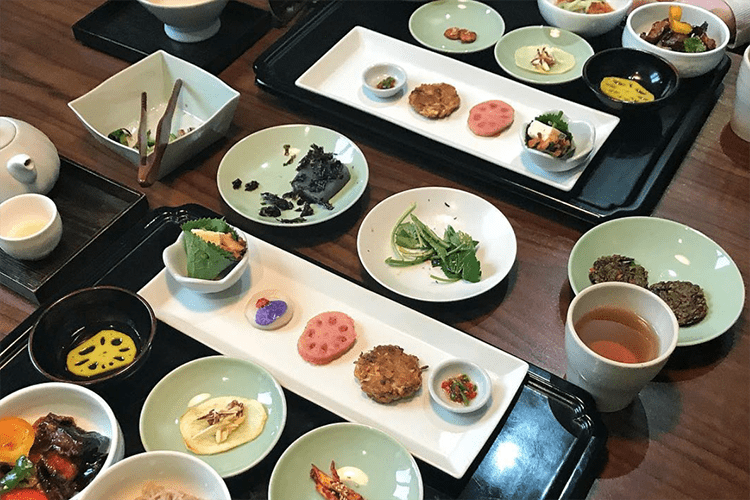
(Photo by magickalveganlife)
Balwoo Gongyang has Zen Buddhist cuisine, which means it’s all Veg — lots of deep tastes and varied textures are yours for between $20 to $90, depending on what you eat and drink.
-

Hadongkwan
Best Beef Stew 12 Myeongdong 9-gil, Myeong-dong, Jung-gu, Seoul, South Korea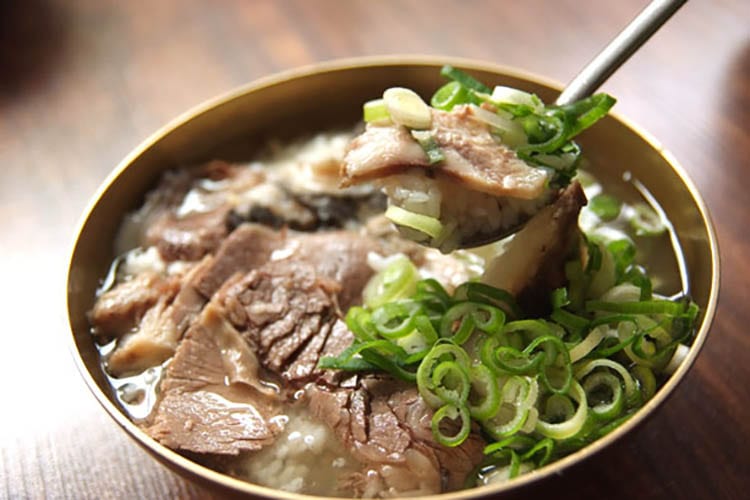
(Photo by Hadongkwan)
Hadongkwan has been around forever — well, 70 years to be exact. The restaurant has only one item on the menu: gomtang. I hope you like beef stew. You’l pay less than $20 per person.
-

Gwangjang Market
Best Street Food 88 Changgyeonggung-ro, Jongno 1(il).2(i).3(sam).4(sa), Jongno-gu, Seoul, South Korea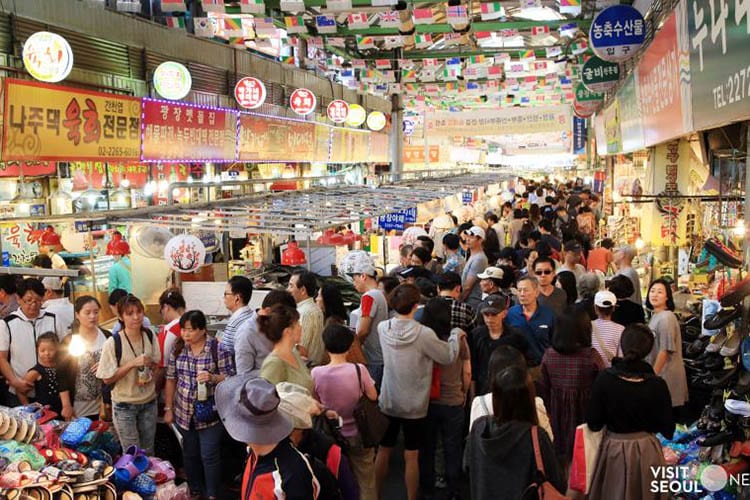
(Photo by Visit Seoul)
Come to Gwangjang Market for street food and booth after booth of pancakes, noodles, fried foods, and raw beef. All of it tastes delicious to me, and I don’t have a favorite, plus you’ll pay less than $20 per person.
-

La Yeon
Best Upscale Korean Cuisine 249 Dongho-ro, Jangchung-dong, Jung-gu, Seoul, South Korea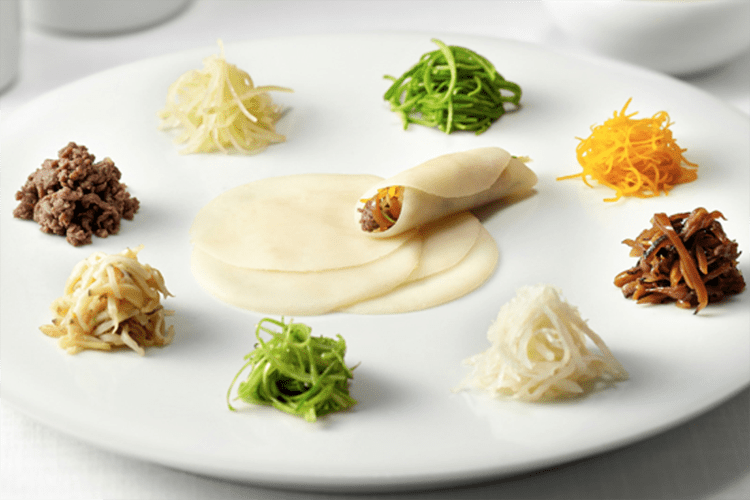
(Photo by La Yeon)
La Yeon is a rarity, a three-Michelin-star place serving Korean cuisine that is justifiably recognized as great enough to join the pantheon of the world’s best restaurants. Typical dishes include chargrilled beef ribeye with pickled onion and seasonal vegetables, and braised sea cucumber and abalone stuffed with beef. Expect to pay about $90 per person.
-

Si Wha Dam
Best Cultural Experience South Korea, Seoul, Yongsan-gu, Hannam-dong, Itaewon-ro, 254 2층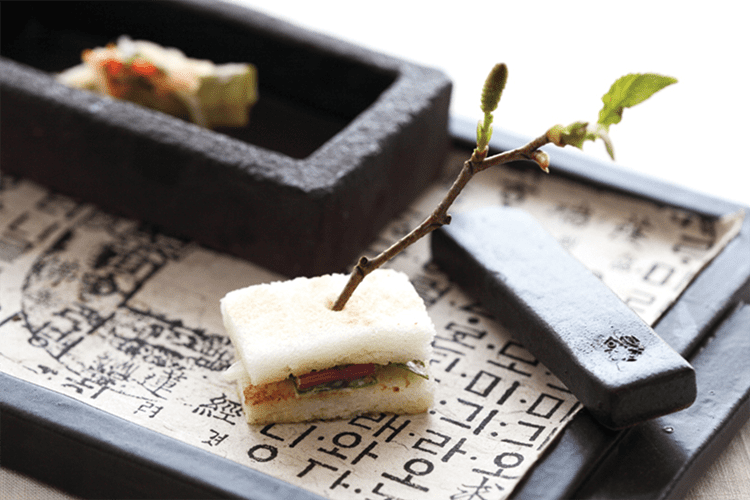
(Photo by Si Wha Dam)
Si Wha Dam is a total trip. I love everything about this restaurant. Located inside an art gallery in Itaewon, the place is run by chef Kyoung-Won Park and her husband, Oh Chung. The food is totally original, with each dish accompanied by a story, song, or even a video, and the names are very poetic, like, Walking by the Barley Field or Three Seas of Korea. It’s an unforgettable dining and cultural experience and you’ll pay at least $90 per person.
-

Two Plus Itaewon
Best High-Quality BBQ 541 Namdaemunno 5(o)-ga, Jung-gu, Seoul, South Korea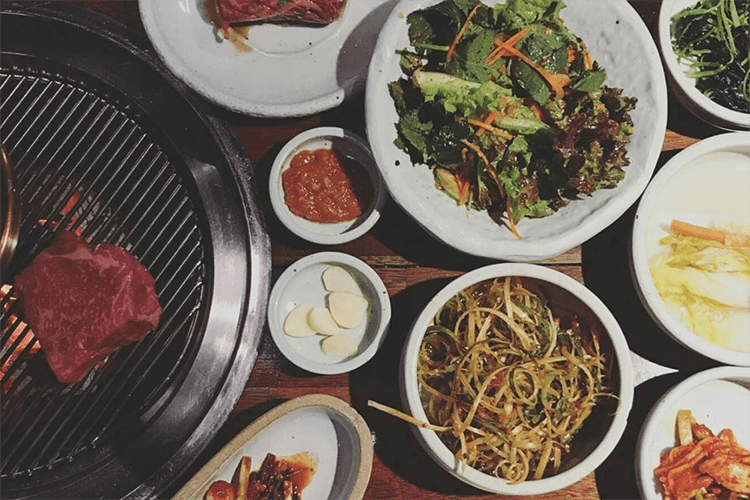
(Photo by ylonlyu)
There are so many barbecue places to choose from in Seoul, and, really, you can’t go wrong. But Two Plus Itaewon is a cut above the others, if you’ll excuse the pun, because the beef is super high-quality. And expensive. Figure about $90 per person.
-
Best Bars and Clubs in Seoul
I like bars in luxury hotels a lot because they offer consistent service and aren’t freaked out by foreigners. And if the food-and-beverage manager of the property is first-rate, and they often are, the bars get hold of serious supplies of rare whiskies sold at decent prices usually not available in private establishments.
-

Charles H
Best for Classy Gents South Korea, Seoul, Jongno-gu, Sajik-dong, Saemunan-ro, 97 포시즌스호텔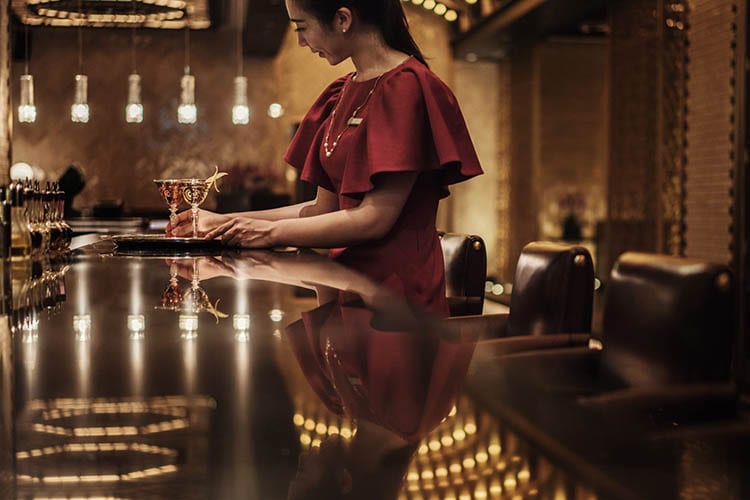
(Photo by Charles H)
Located in the basement of the Four Seasons Hotel, this hidden bar is cozy gem, and an homage to a time when liquor was prohibited.
-

Mark T
Best for Whiskey Lovers 14 Uisadang-daero, Yeoui-dong, Yeongdeungpo-gu, Seoul, South Korea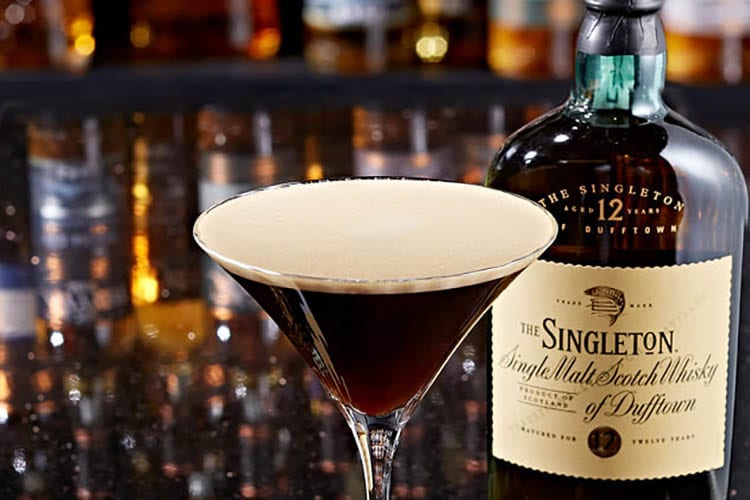
(Photo by Glad Hotels)
In the Glad Hotel, you’ll find find a great collection of the aforementioned rare whiskies at Mark T.
-

Rooftop Kloud
Best Rooftop Bar 10 Teheran-ro 25-gil, Yeoksam 1(il)-dong, Gangnam-gu, Seoul, South Korea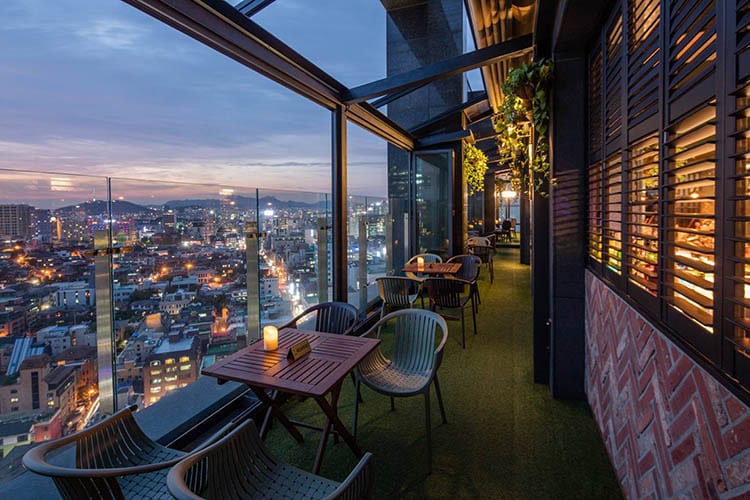
(Photo by Rooftop Kloud)
On the 21st Floor of the Mercure Ambassador, here at Rooftop Kloud, with a drink in your hand, the city below seems to be yours for the taking.
-

The Timber House
Best Upscale Bar 606 Teheran-ro, Daechi-dong, Gangnam-gu, Seoul, South Korea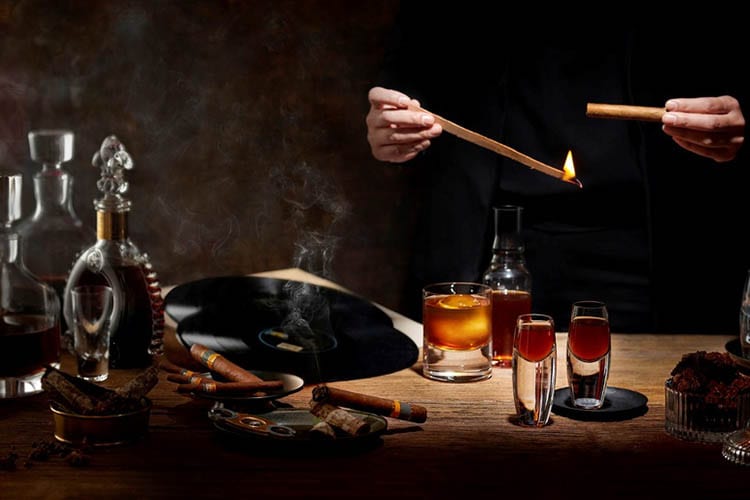
(Photo by The Timber House)
Cool in that inimitable Park Hyatt kind of way, The Timber House is hospitality exemplified. Here’s what I mean: From 6:30 p.m. to 8:30 p.m., guests can have an unlimited amount of premium sake, beer, or wine for about $36 per person.
-

Club Octagon
Best Place to Go Dancing All Night Long 645 Nonhyeon-ro, Nonhyeon 1(il)-dong, Gangnam-gu, Seoul, South Korea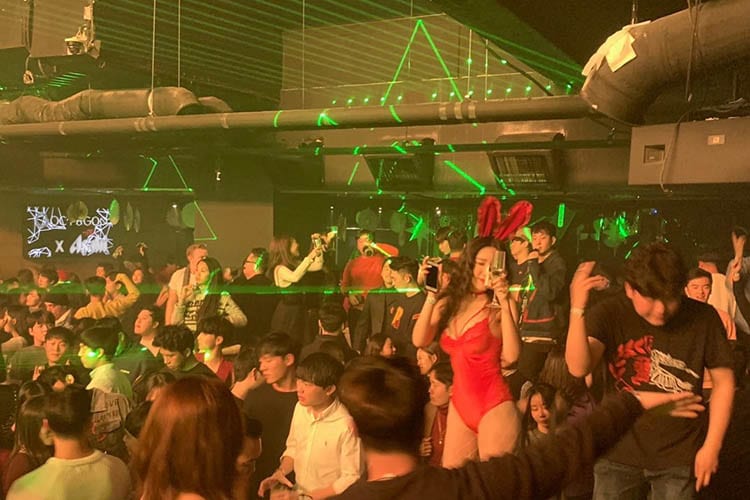
(Photo by Club Octagon)
Club Octagon, in Gangnam, is in the New Hilltop Hotel, has dance floors, private rooms, a restaurant, live performers on weekends, and internationally known DJs, like Laidback Luke, Paul Van Dyk, Deniz Koyu, Fedde Le Grand, Vivid, Jochen Miller, and Dash Berlin. Entry is $27 per person.
-

Club Answer
Best Place to Party Like a Celebrity Apgujeong-ro 79-gil, 청담동 강남구 서울특별시 South Korea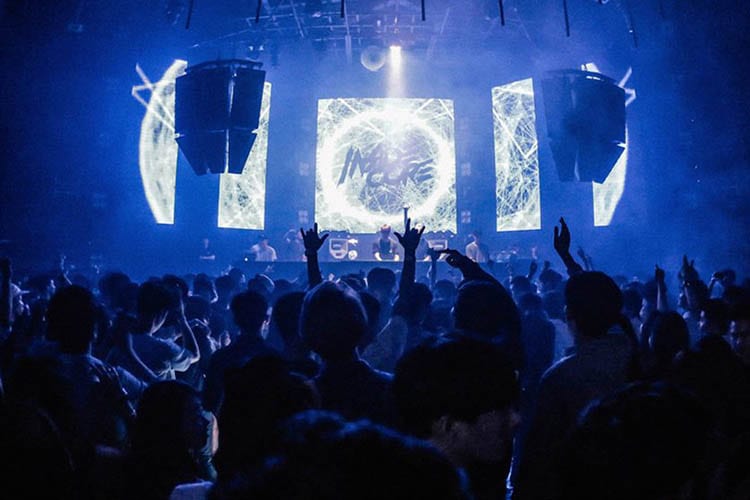
(Photo by Club Answer)
Club Answer, also in Gangnam, has three floors, and like most of the high-end clubs, caters to an international crowd. See if you can get onto the second floor, which is reserved for celebrities and VIPs. Entry is $27 per person.
-

Cakeshop Seoul
Best Place to Party With the Locals South Korea, Seoul, Daebang-dong, 대방동 3-1번지 1층 동작구 서울특별시 KR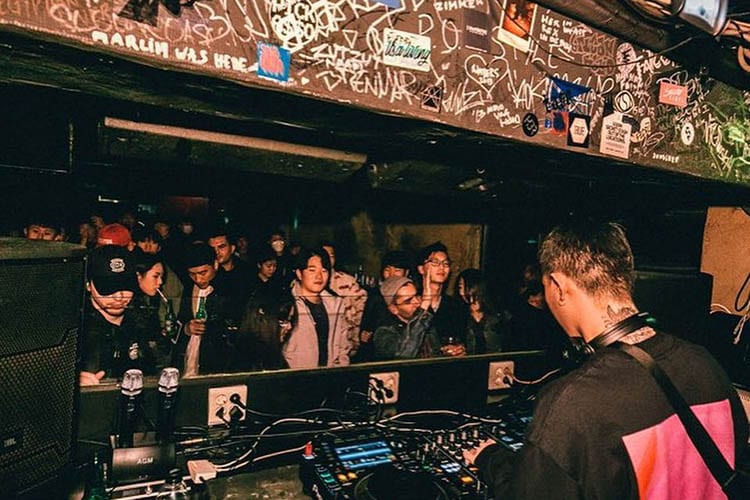
(Photo by Cakeshop Seoul)
Cakeshop Seoul, in Itaewon, is a more intimate venue and is hugely popular at the moment.
-

The Library
Best Place to Hear Live Jazz Jangchungdong 2(i)-ga, Jung-gu, Seoul, South Korea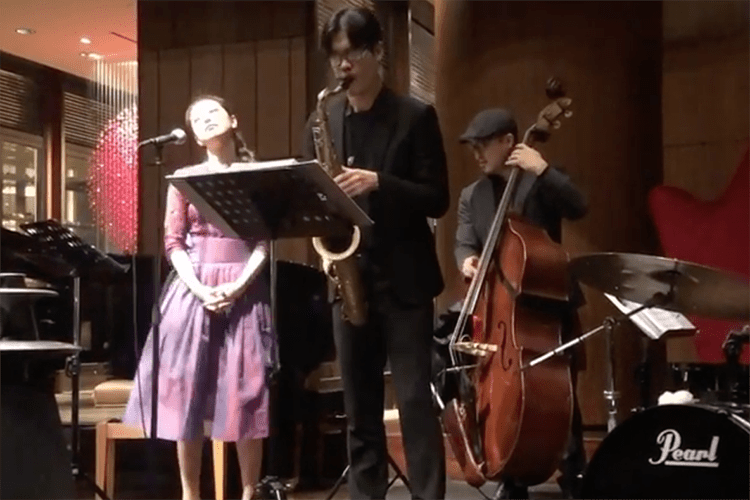
(Photo by jungwoooyou)
If you want to play it safe, try The Library, which has live jazz as well as tons of books about the history, art, and culture of South Korea. Prices vary depending on the performer.
-

Once in a Blue Moon
Best for Jazz and Whiskey Enthusiasts South Korea, Seoul, Gangnam-gu, Cheongdam-dong, 85-1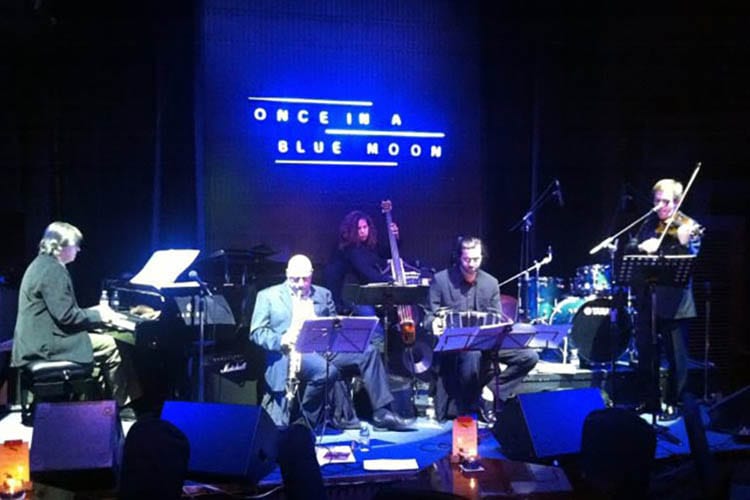
(Photo by Once in a Blue Moon)
Another calm option, at Once in a Blue Moon you can enjoy performances by Korean jazz musicians as well as the occasional international act. Prices vary here depending on the performer. If jazz isn’t your thing, it’s still worth checking out this place for its extensive collection of international wines and whiskies.
-
A Word on Strip Clubs: First of all, they’re not called “strip clubs” in Seoul. They’re called, “private clubs” or “sexy clubs,” and I wish you luck getting in. They are typically open to members only, chiefly Koreans, and if you somehow manage to get an invite, prepare to max out your credit card and drink watered-down cocktails as exhausted Russians sway desultorily to disco while wearing skimpy, gold-colored bikini bottoms.
-
Bottom Line
It’s not just about the party. South Korea has a rich, tragic, resilient, deep, fascinating, dynamic, and influential culture. While there, you can experience the depth of its spirituality, learn how its traditions have bearing upon other Asian nations, see its power as a nation eager and capable of competing on the world stage, enjoy some of the best beef and pork on the planet, and, sure, stay up all night, night after night, shouting: Cha! Cha! Cha!

